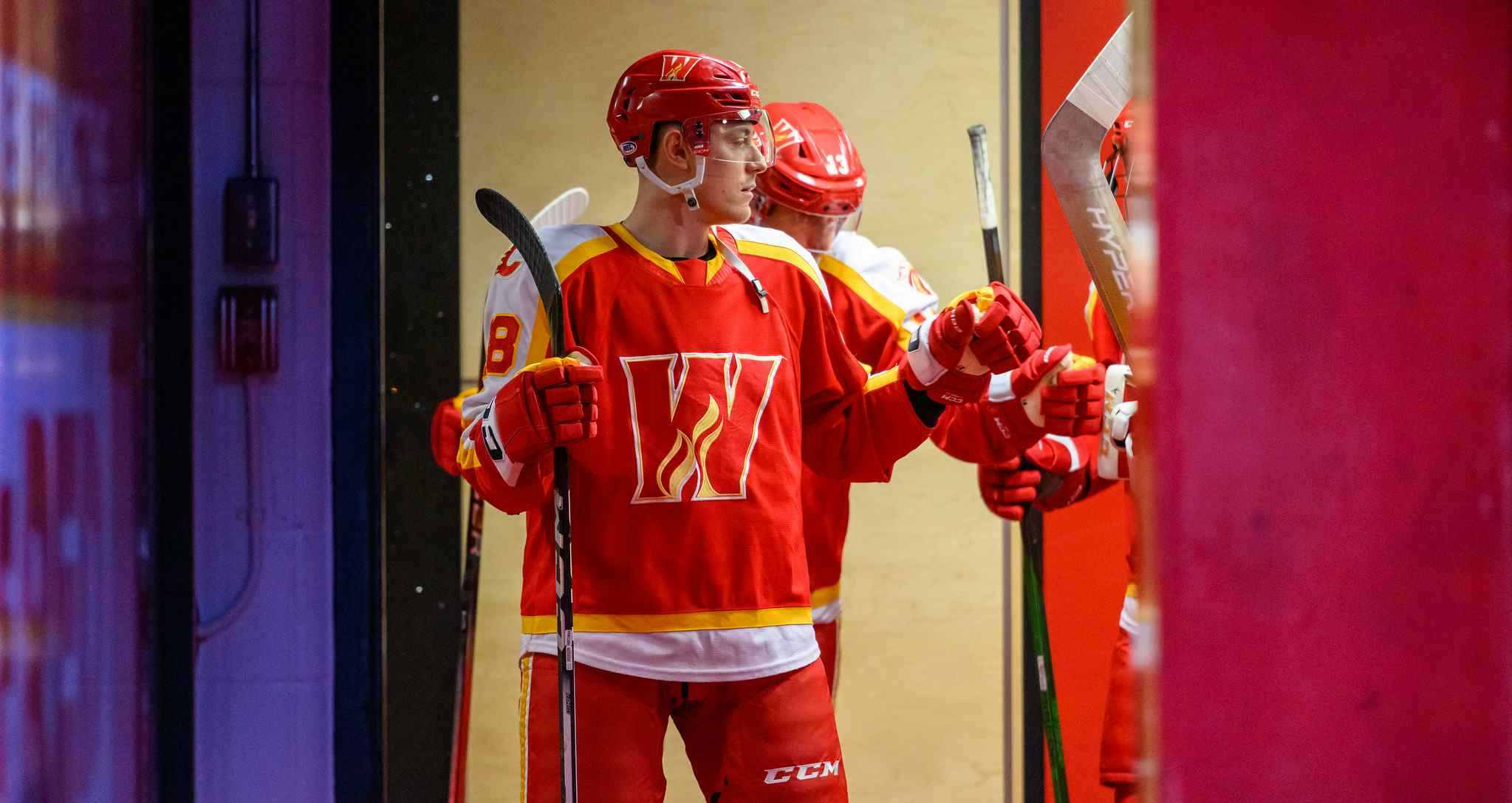The Problem With +/-
12 years ago
Many stat-heads, like myself, dislike +/- as a form of talent evaluation. For me, there are four main reasons why I don’t like the stat.
Goals are Random
Think about the amount of shots taken in a season. Last year, there were 74559 shots taken. Only 6721 (9.01%) actually bulged the twine. Basically, you’re evaluating players based on 9% of available evidence. Then think about how many shots are deflected-which is an intentioned action designed to get the puck in the net-or otherwise get past the goalie without any control or intention from the player who took the shot-odd bounces off of opposing players, deflections off of parts of the body, et cetera that cannot be counted as intentioned actions to score.
Goals are Rare
Like I said above, only 9% of shots taken are goals. That’s a terrible sample size to draw conclusions from especially when we have so many other ways to measure the quality of a player. As an evaluator, you should want to have as large of a sample size as possible, as generally that ensures more accuracy in results and evaluation.
A Player’s Situation isn’t Taken Into Account
A couple of games ago, Jay Bouwmeester was a -5 despite one goal being on a 3-on-1 (where he was the 1), one goal coming on a double deflection and one goal going into an empty net. Thus, he was empirically not at fault for 3 of his 5 minuses. Would anyone really get on his case if he were -2 in a 5-goal game? Furthermore, he was only on the ice for 5 scoring chances against and he faced the toughest competition the other team had to offer in the 25+ minutes he played. Logically, players that face the other team’s best players will have more scoring chances against. More scoring chances against means more goals against in the long term. Another good example here would be the Canucks’ Manny Malhotra-he’s a large reason the Sedin twins get the advantageous starts they do, yet his -8 on the season (at time of writing) would be taken by many as evidence of poor play.
Luck isn’t Factored In
I mentioned things like deflections and bounces earlier, but bad shift changes from teammates all too often lead to a minus against. That’s not the fault of the player getting the minus, it’s the fault of the guy now sitting on the bench-but the guy on the bench doesn’t get a mark against in the scorer’s book. What about a goal scored one second after a Power Play? Even though the teams are technically at even strength, the numbers in the zone are probably still 5 versus 4. The penalty killers repelled an attack for 2 minutes and then they get a minus a second after the penalty ends, while still at a disadvantage? Absurd.
Now, I won’t completely dismiss +/- as I’m sure it serves some purpose-but it has to be taken in context with other evidence, just like every other stat. It’s inherently flawed, which limits its effectiveness. Unfortunately, people get hung up on the number and as a result draw incorrect conclusions about players.





